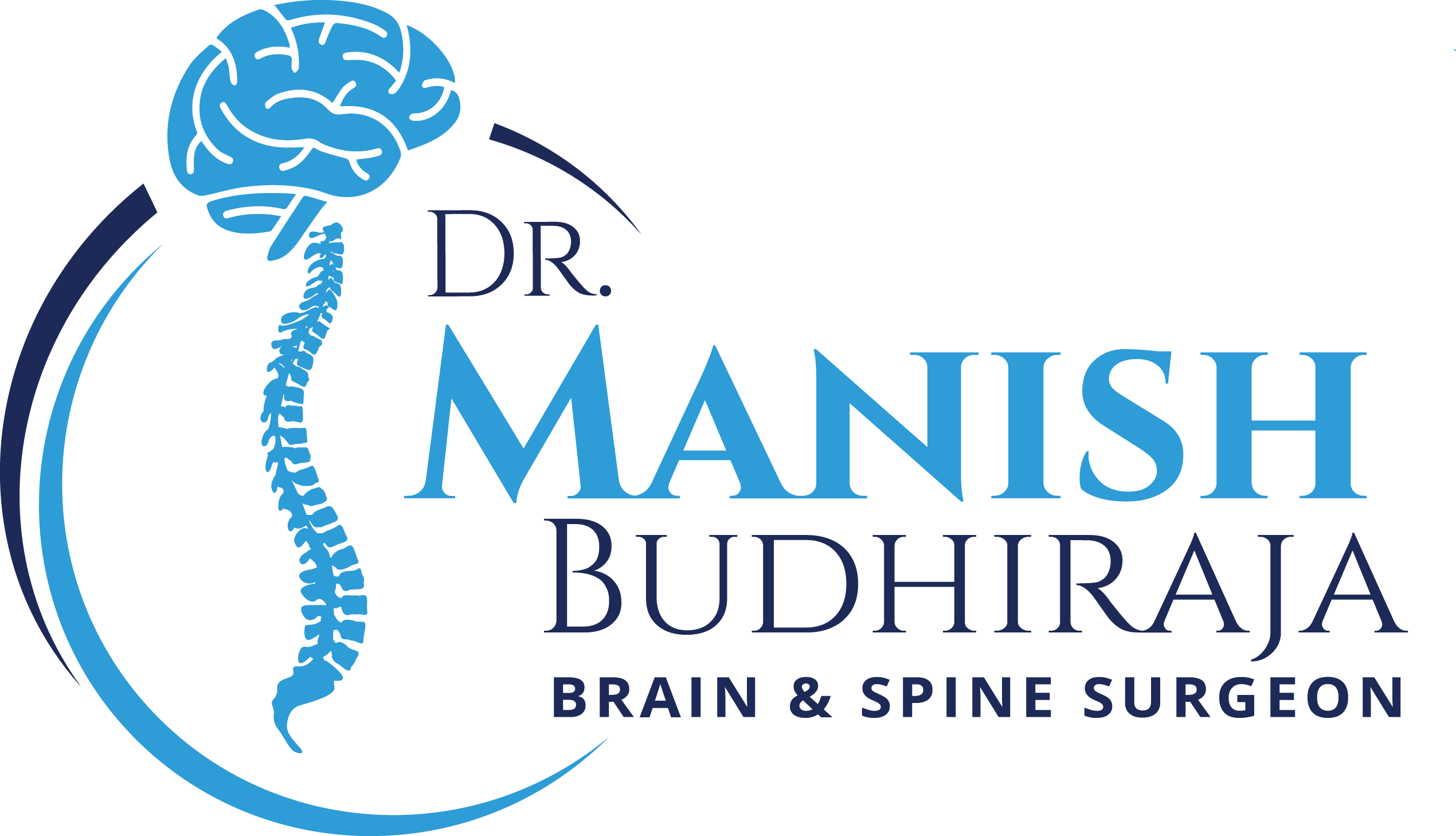Cervical Spinal Surgery
KNOW MORE ABOUT CERVICAL SPINAL SURGERY.
The cervical spine, or neck, begins at the base of the skull and through a series of seven vertebral segments. It connects to the thoracic, or chest, a region of the spine. The first cervical vertebra is unique, as it is a ring called the atlas. It rotates around part of the second vertebra the axis. This construct provides most of the rotation for the neck and head. The seven vertebrae of the cervical spine are connected in the back by paired facet joints, and allow for forward and backward extensions, as well as twisting movements. These facet joints can wear down over time and lead to cervical spinal stenosis or osteoarthritis. In between the vertebrae are six cervical discs that act as shock absorbers and allow flexibility and movement of the neck. These discs may herniate or degenerate, either through wear and tear over time or from an injury.
The cervical spine has eight cervical nerves, C1 through C8, that branch off the spinal cord and exit through the neural foramen in the back of the spine. Each cervical nerve is named for the vertebra below it. For example, the nerve root that runs between the C5 and C6 is the C6 nerve. Many cervical spine conditions may inflame or irritate these nerve roots, resulting in pain that radiates down the arms and possibly fingers, known as cervical radiculopathy.
What does cervical spine do for you?
Flow of blood to your Brain
The unique position of cervical spine in your body and its relative openings help proper flow of blood to your brain. These openings are present only in the vertebrae of the cervical spine.
Protection of Spinal Cord:
A group of nerves that come from the brain and runs through the cervical spine and thoracic spine (upper and middle back) prior to ending just before the lumbar spine (lower back), the spinal cord relays messages from the brain to the rest of the body.
Weight of your head and its movement
Yeah, your head needs support. The cervical part of your spine is what gives your head a hold for its weight. It also allows you to move your head in any way that you can e.g. the head’s flexibility, including rotational, forward/back and side bending motions.
CERVICAL SPINAL SURGERY: Ailments that may need Surgery
Cervical Stenosis
The narrowing of the spinal canal, called spinal stenosis, can happen as a result of the degeneration and subsequent enlargement of the facet joints, spinal ligaments, bony end plates, and the intervertebral discs.
Cervical Trauma/Fractures
In the case of trauma, dislocations and fractures can result in an unstable spinal column. They can occur in any region of the spine and may be associated with neurological injury
Herniated Disc (Cervical)
Herniation describes an abnormality of the intervertebral disc that is also known as a “slipped,” “ruptured” or “bulging” disc. This process occurs when the inner core (nucleus pulposus) of the intervertebral disc bulges out. It usually happens through the outer, more fibrous layer that surround the disc (annulus fibrosis).
Cervical Tumors
Spinal tumors can be either primary (originating in the spine) or secondary (metastases of cancer originating elsewhere in the body).
Spinal Infection
The infections of the spine are rare. But if they are neglected, or there is a delay in diagnosis, they can become a source of pain and disability. Bone and joint infections anywhere in the body can be crippling and life threatening.
Syringomyelia
Syringomyelia is a disorder in which cerebrospinal fluid enters the spinal cord, forming a cavity known as a syrinx.


